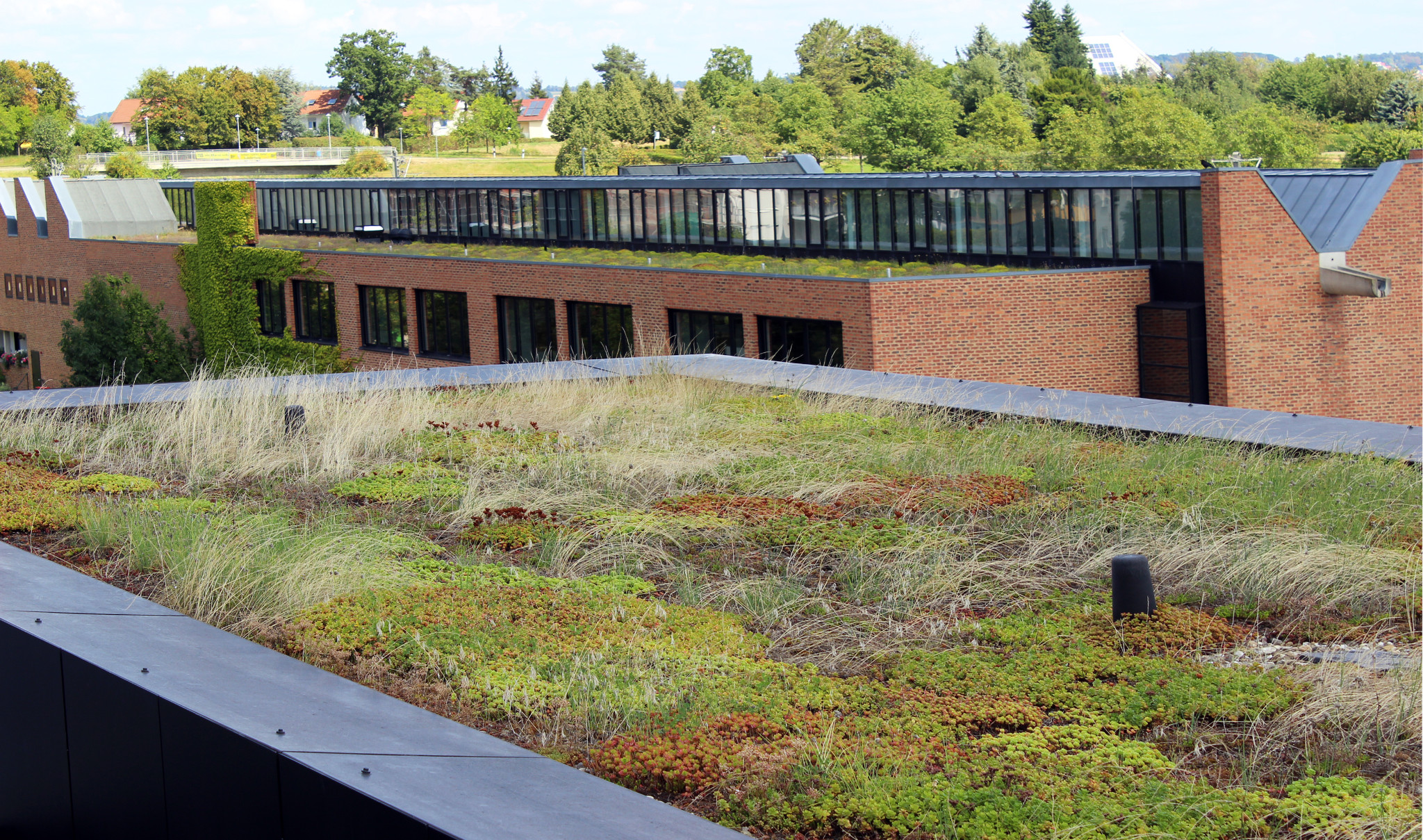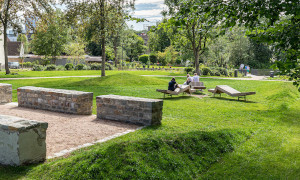Berlin Appeal of the Association of German Landscape Architects.
Tackling the task of climate change for generations
Cities and open spaces, and with them the quality of life for people, must be rethought. The extreme weather events that are already occurring and will become even more frequent in the future - long periods of heat or heavy rain - pose great challenges for our cities, rural areas and their inhabitants. In order to master these, according to the resolute opinion of the landscape architects represented by the bdla, the climate resilience of the cities in particular must be strengthened and the green infrastructure must be expanded as a central component of municipal services of general interest!
Instead of heat islands due to stone, asphalt and concrete, we need unsealing and climatically favourable urban structures. This can be achieved by strengthening greenery - be it through the conversion, expansion or new creation of parks and green corridors, greened and publicly accessible backyards, rows of trees along streets, greened roofs and facades. More urban greenery accessible to all also means more quality of life and environmental justice.

Urban green spaces - sufficiently dimensioned - together with water areas and fresh air corridors can act as natural air conditioning systems. They reduce overheating ("heat island effects") in inner cities and can absorb water masses like sponges during heavy rain events. At the same time, green space must continue to be a functioning recreational space for urban and rural residents - the place for contemplation, for exercise and sport, and for social exchange. This creates a competition of demands and uses that can no longer be absorbed by 'multicoding' alone, the multiple use of the same space. - Climate-resilient cities need a structure of appropriately large and interconnected open spaces: the time of the spartanically dimensioned "corridor green" is over for the time being.
Only the strengthening and qualification of established planning instruments such as landscape, green space and qualified open space design plans, as well as sufficient funding, will enable municipalities to meet the complex demands of sustainable open space development. The White Paper on Urban Greening presented by the Federal Ministry for the Environment, Nature Conservation, Building and Nuclear Safety in 2017 sets the framework for action for urban development policy in the near future with its call for the adaptation of legal framework conditions and the orientation of funding programmes towards climate-adapted urban development.
At its annual meeting on 16 April 2021, the advisory board of the Federation of German Landscape Architects, the highest body of the association, confirmed the central election touchstones of the planning professions in Germany for the Bundestag elections. The future members of the Bundestag are encouraged by the German landscape architects to tackle the generational task of climate change in all its ecological, economic and social facets.
Specifically, the next Bundestag should
- implement legal measures to implement the White Paper on Urban Greening and accelerate climate-resilient urban development,
- strengthen tried-and-tested and suitable planning instruments and align them with the new requirements, and
- adopt funding programmes that support the climate-resilient development of cities.
- Latitude: 0
- Longitude: 0


